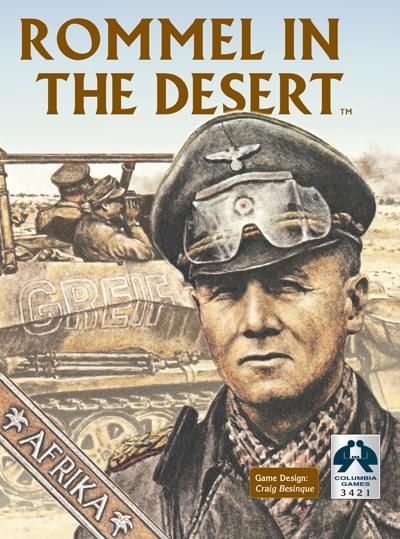Rommel in the Desert (1982) Board Game
Rommel in the Desert is a historical wargame that was first released in in 1982. It is set during World War II and focuses on the North African campaign led by German Field Marshal Erwin Rommel. The game has been designed by Tom Dalgliesh, Ron Gibson, Jody Harmon, and Eric Hotz, and features artwork by Columbia Games, Doit Games, and Game Preserve.
Game Components of Rommel in the Desert
How To Setup Rommel in the Desert
Setup involves placing the game blocks on the map board according to the scenario being played. Each player sets up their units, ensuring the blocks are aligned correctly to reflect the hidden unit strengths. The rules booklet provides detailed instructions for each scenario, ensuring a historically accurate and balanced start to the game.
Gameplay Mechanics and Game Objective
Player Experience
**Rommel in the Desert** offers a fast-moving, challenging, and tense experience. Players must balance resource management, strategic unit placement, and adapt to the unpredictability introduced by the block wargame mechanics. The game requires careful planning and quick decision-making, making it engaging and immersive.
Pros
Cons
Personal Thoughts on Rommel in the Desert
**Rommel in the Desert** is ideal for fans of historical wargames and those who enjoy strategic, complex gameplay. It is particularly suited for players who appreciate the nuances of military history and the challenges of resource management and tactical decision-making. While it may not be the best fit for casual gamers due to its complexity, it offers a rewarding experience for those willing to invest the time to learn its mechanics.
We are supported by our audience. When you purchase through links on our site, we may earn an affiliate commission, at no extra cost for you. Learn more.

